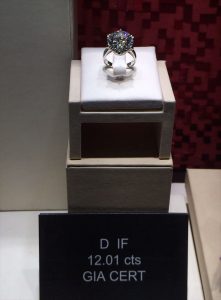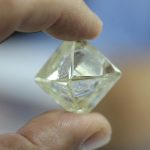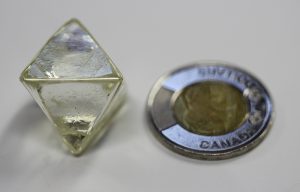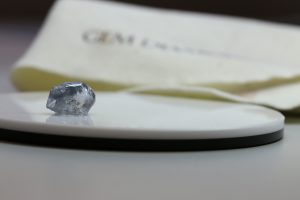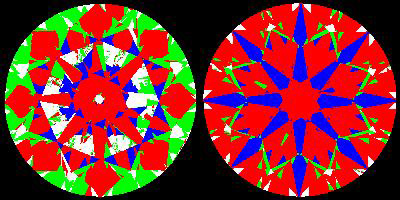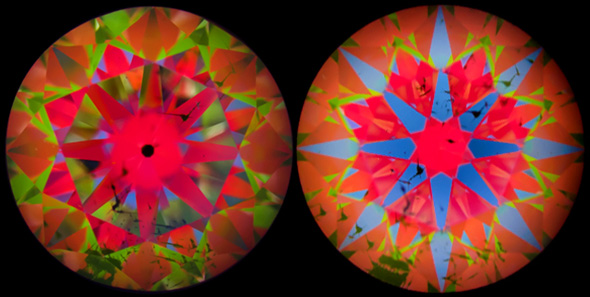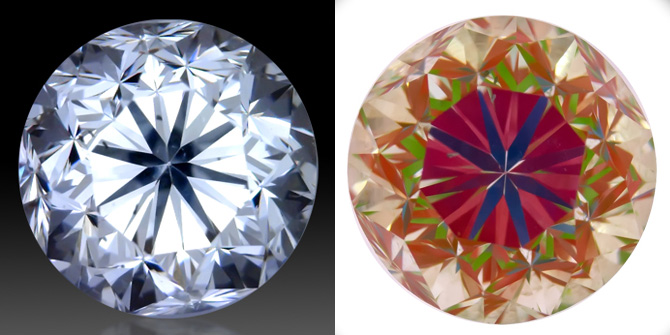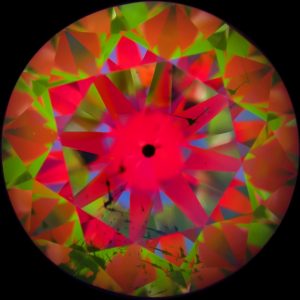Yesterday I made a post about a diamond I saw while window shopping, a 12.01ct D IF diamond priced at 3.8 million USD.
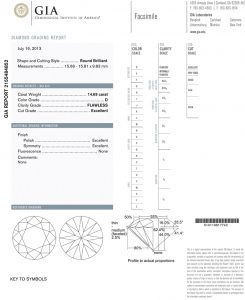 This morning I thought I would see what is available online, so I made a trip over to Blue Nile to use their search. Turns out there is a much better deal at their website. You can get a bigger diamond, higher clarity (flawless vs. internally flawless) for just about 1 million less!
This morning I thought I would see what is available online, so I made a trip over to Blue Nile to use their search. Turns out there is a much better deal at their website. You can get a bigger diamond, higher clarity (flawless vs. internally flawless) for just about 1 million less!
Here are the specs of the diamond @ Blue Nile.
Carat: 14.69ct
Measurements: 15.68 x 15.81 x 9.83
Color: D
Clarity: Flawless
Cut: Excellent
Symmetry: Excellent
Polish: Excellent
If you want to make the payment via bank transfer, the price is only $2,885,770 – and the GIA report was issued on July 16, 2013 so you don’t have any concerns that the diamond may have been ‘previously enjoyed’ and the grade no longer holds.
I wonder what type of person actually buys stuff like this??? I’ve known a few rich people in my life but I’ve never met an end consumer who is in the market for diamonds like these…. lots of dreamers though.
The 14ct diamond for sale at Blue Nile is not owned by them, they are just the shopping cart. The diamond is actually owned by a wholesaler out of New York. Any wholesaler could buy the diamond direct, but Blue Nile gets incredibly good pricing so the difference is price is next to nothing.
